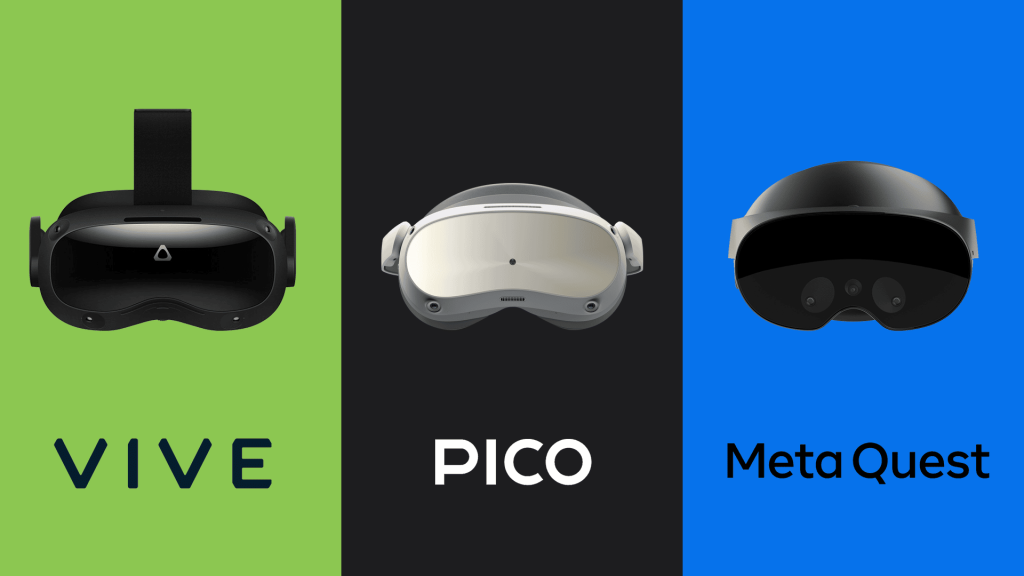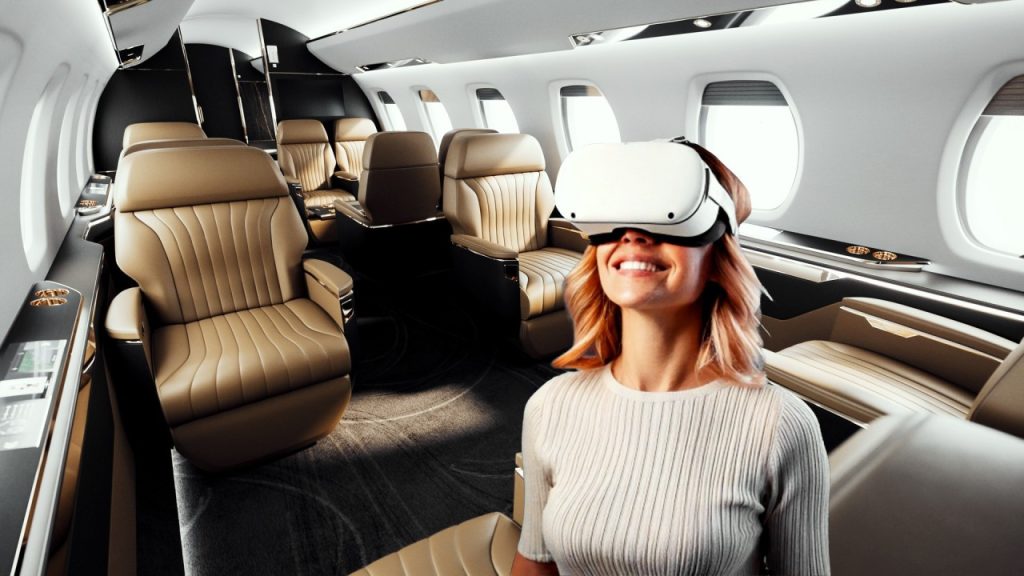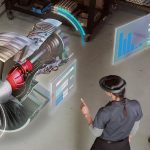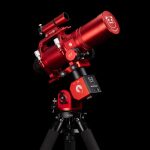Virtual Reality (VR) is reshaping the way aircraft interiors are conceptualized, designed, and tested. By immersing designers and clients into realistic 3D cabin environments, VR allows for faster iteration, better decision-making, and more personalized in-flight experiences—all before a single seat is installed.
Why Use VR in Aircraft Interior Design?
Aircraft interiors are complex spaces with tight constraints. From passenger comfort and safety regulations to aesthetic preferences and brand consistency, the design process demands precision and flexibility. VR brings these concepts to life instantly, helping teams and stakeholders visualize and refine layouts in real-time.

Key Benefits of VR in Aircraft Design
1. Immersive Visualization
Designers can walk through full-scale virtual cabins, tweaking layouts, lighting, and materials with immediate visual feedback—far more effective than static 2D drawings or mockups.
2. Faster Prototyping
VR eliminates the need for multiple physical mockups, allowing rapid design iteration. This accelerates development timelines and reduces costs.
3. Improved Collaboration
Stakeholders from around the world can enter the same virtual space and review designs together, ensuring alignment across design, engineering, and marketing teams.
4. Enhanced Customer Experience
VIP clients and airline partners can preview and customize their cabin interiors through VR, enabling tailored solutions and higher satisfaction before manufacturing begins.
5. Accurate Ergonomics and Testing
VR simulations help validate seat spacing, visibility, storage access, and movement throughout the cabin—crucial for safety and comfort.
Common VR Tools in Use
- Autodesk VRED – High-fidelity visualization for complex 3D modeling
- Unity & Unreal Engine – Interactive, real-time design environments
- EON Reality & Varjo – Advanced VR platforms for enterprise design collaboration
- HTC Vive & Meta Quest Pro – Popular headsets for immersive reviews

Industry Applications
- Airbus uses VR to design and showcase its cabin configurations, even allowing airlines to test different layouts and branding.
- Boeing leverages VR for both design and training simulations, reducing the time needed to finalize cabin details.
- Private jet manufacturers use VR to offer custom walkthroughs for high-end clients choosing materials, layouts, and lighting schemes.
The Future of Aircraft Interior Design
As VR becomes more accessible and integrated with AI and real-time feedback systems, we can expect even more dynamic design tools. Soon, designers will be able to input passenger feedback into live models or generate optimized layouts automatically based on route, duration, and passenger profile data.


